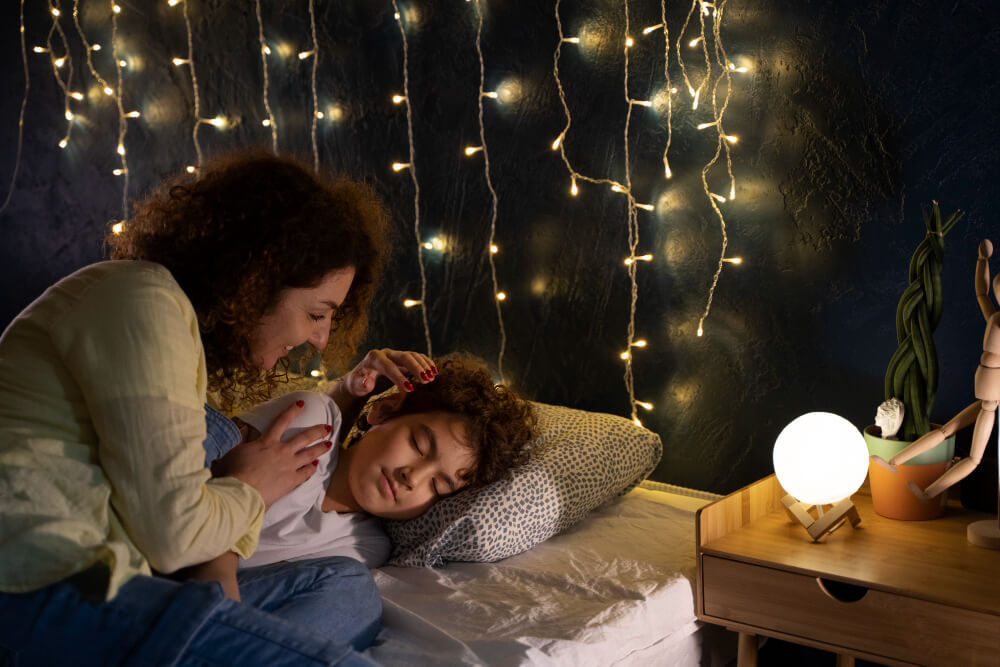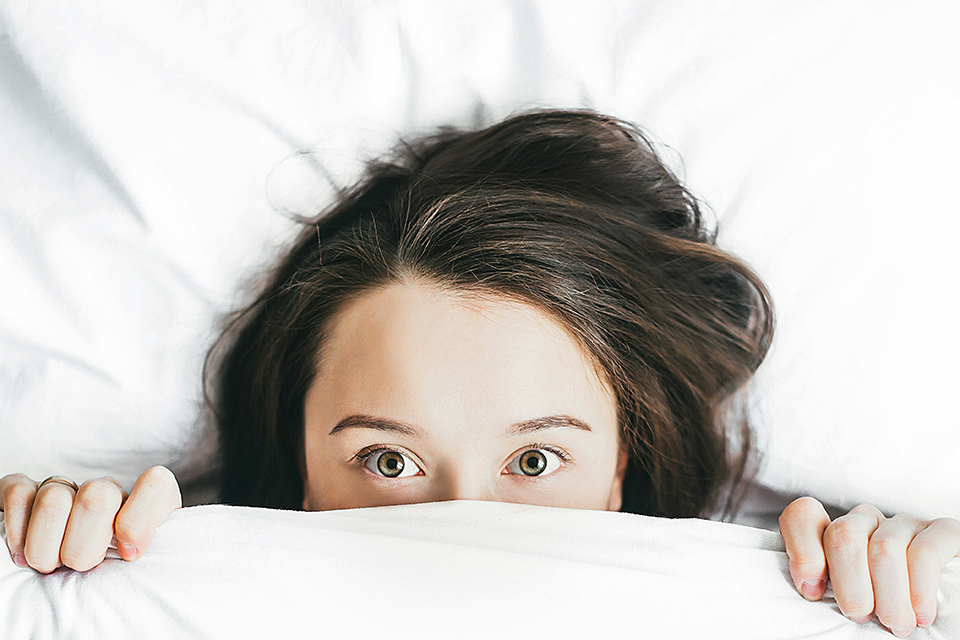While napping has some real benefits, there’s more to the simple snooze than you might think. For example, did you know Thomas Edison was a napper? The American innovator credited with a long list of inventions, including the practical lightbulb, also recognized the power of a well-timed snooze. In fact, he was so committed to the practice that he set up napping cots throughout his home and laboratory for those times he needed to recharge. Other greats in history have also called out the benefits of napping, from painter Leonardo da Vinci to former United Kingdom prime minister Margaret Thatcher to United States of America first lady Eleanor Roosevelt.
Here’s what you need to know about napping.
Are you a napper?
When it comes to naps, there’s no one-size-fits-all. Some people are nappers and some just aren’t. Much of this could be due to genetics. People who enjoy naps usually fall asleep quickly, but not deeply. They wake up on their own after about 20 minutes, feeling refreshed. Some nappers say they need this time and are not as productive without it. On the other hand, “non-nappers” sleep deeply during naps. They usually need an alarm to wake up, and when they do, they feel groggy. Napping makes them much less productive than they normally would be. So do you take the snooze plunge? To nap or not to nap, that is the question!
The dangers of drowsiness
Feeling the need for more sleep, particularly during the daytime hours? This could be a sign that a future health problem is looming. Studies have linked regular daytime napping with elevated health risks, including cardiovascular disease. Daytime sleepiness can be one sign of depression. In these cases, daytime sleep is a symptom of an underlying issue; the sleep is not creating the problem, although napping can worsen depression if you have it. Check with your doctor to see if you can find the source of this fatigue.
The pitfalls of catnaps
There are some drawbacks to napping. While a short nap doesn’t tend to affect nighttime sleep, a longer nap, or more frequent naps, can make it more difficult to sleep at night. If you’re experiencing insomnia or poor sleep quality at night already, napping might just worsen the problem. Sleep “inertia” is when you feel disoriented or groggy after a nap. It may take you a while to recover from this, losing valuable work time.
Some people feel uncomfortable trying to sleep somewhere other than in the privacy of their own bedroom, on a comfortable, supportive mattress. But napping on a couch or chair is often required if you’re trying to nap during work hours. Instead of taking a nap, try to get some exercise. Take a walk outside in the fresh air, get some sunlight, and see if that doesn’t help you perk up a bit. This will help you get to sleep at night when bedtime comes around.
 When is the best time, and best way, to nap? Here are some tips:
When is the best time, and best way, to nap? Here are some tips:
- Nap to get over a cold. If you’re sick, or feel like you are coming down with something, by all means take a nap. Sleep is good medicine! Your body needs extra rest during this time so that it can heal.
- Keep naptime to between 15 and 40 minutes. Research presented at the American College of Cardiology Conference shows a correlation between naps lasting longer than 40 minutes and obesity, diabetes and metabolic syndromes like high blood pressure and high cholesterol.
- Master the power nap. If you are working a double shift, or during a stretch of time that interferes with your regular sleep, try a quick nap sometime on a break to keep your energy up and your mind sharp.
- Use naps as a caffeine replacement. If you find yourself reaching for coffee, caffeinated sodas or energy drinks during the day, you might try taking a nap instead. Naps are much more effective and longer lasting in boosting energy. Besides that, daytime caffeine interferes with nighttime sleep.
- Take an airy nap. Napping on a plane might help you adjust to changing time zones. Plus, navigating airports can be stressful, so a little snooze can help you feel more relaxed. Just make sure your neck is supported so you don’t wake up with sore muscles. Of course, it’s much easier to sleep when you’re lying down, so if you plan to sleep on a flight, don’t forget your neck pillow.
- Consider a nap room. If you work at home, it’s easy to find a place to nap. If you’ve got a private office where you can lock the door, then napping shouldn’t be a problem. Some companies, including Zappos and Google, are now providing “nap rooms” for their employees who want to use their break time for quick naps. If you aren’t in any of these positions, it can be a challenge to find a place you can go where you have the quiet and privacy you need to fall asleep. Utilize earplugs and sleep masks to help you fall asleep more easily.
- Try meditating. Meditation has many of the same benefits that you get from napping, and you don’t have to lie down! Close your eyes, focus on the breath and relax your muscles. When thoughts come, watch them drift by and let them go. If you fall asleep, it’s okay: you probably really needed it.
Napping can be just what you need to get through your day with a smile on your face, but don’t ignore the sleep that truly matters, the 7-8 hours you should be getting in your bed at night. If you are tired during the early afternoon, maybe you aren’t getting the sleep you need at night. Set yourself up for success – make sure that your sleep environment is doing its part to helping you snooze your way through the night.
Tips for better napping? We’ve got you covered #BSCSleepTips #bettersleep @BetterSleepOrg


